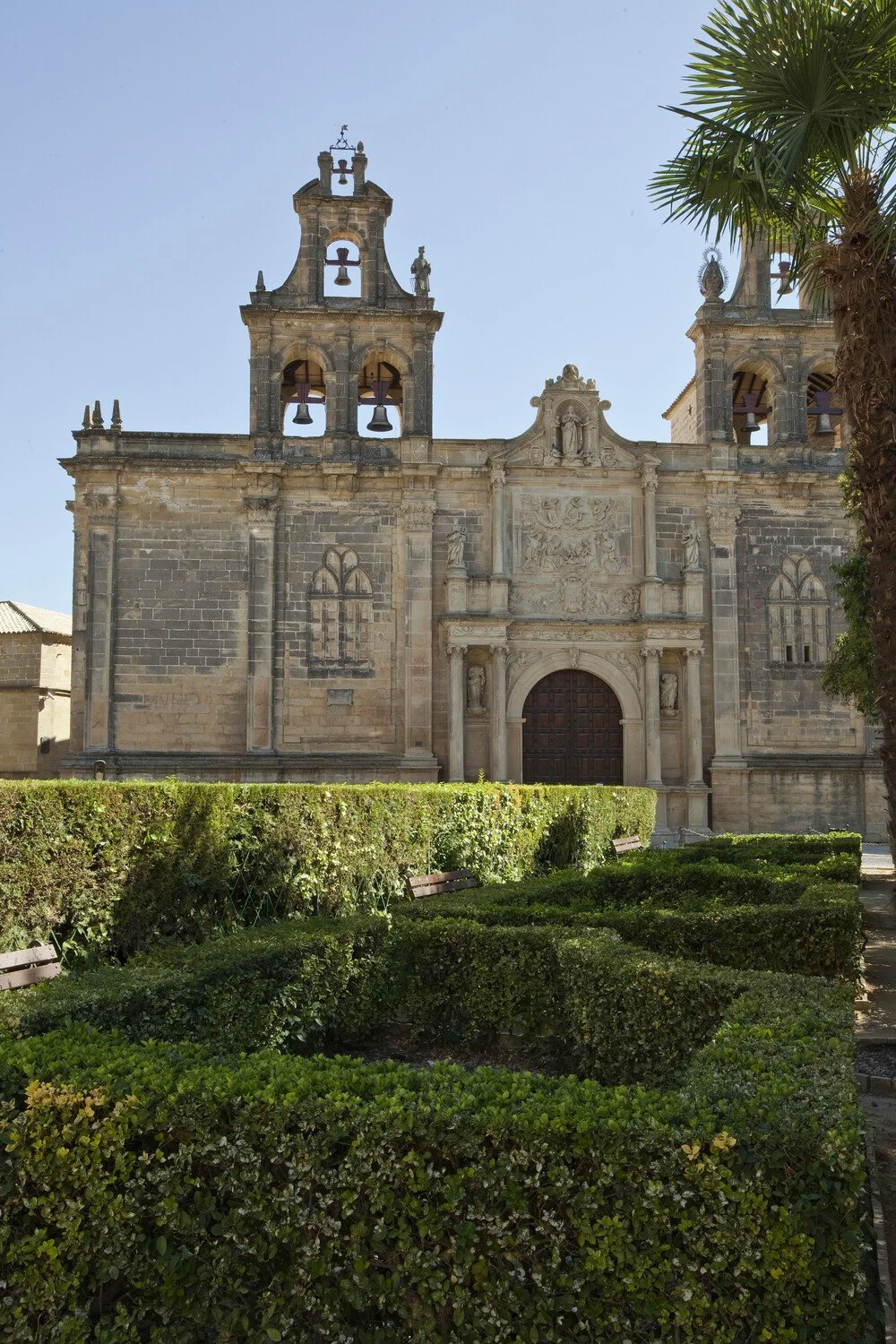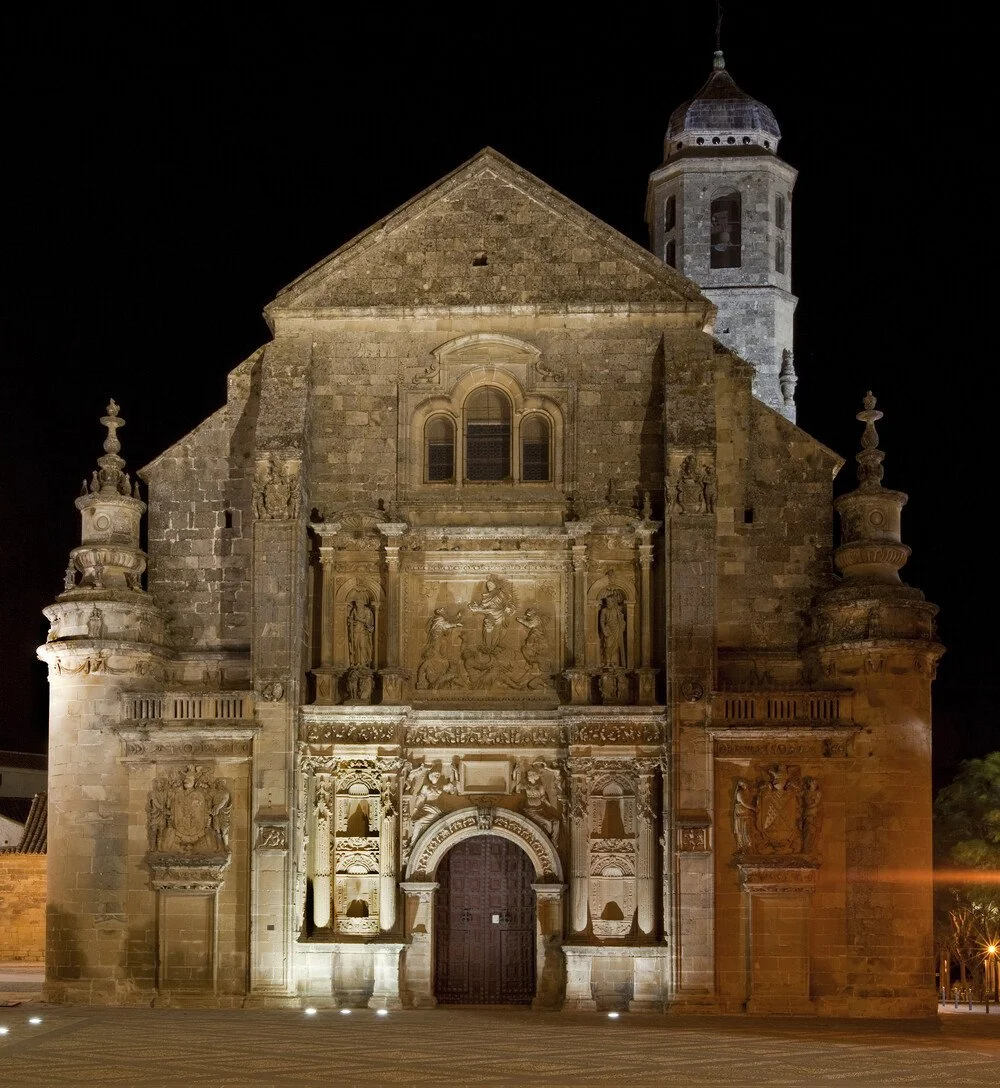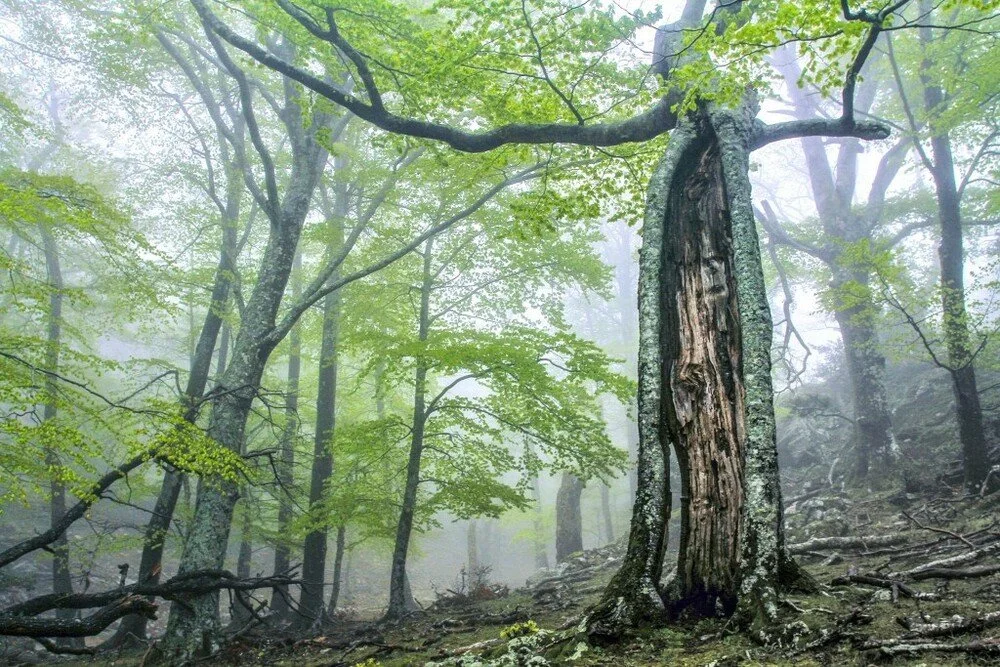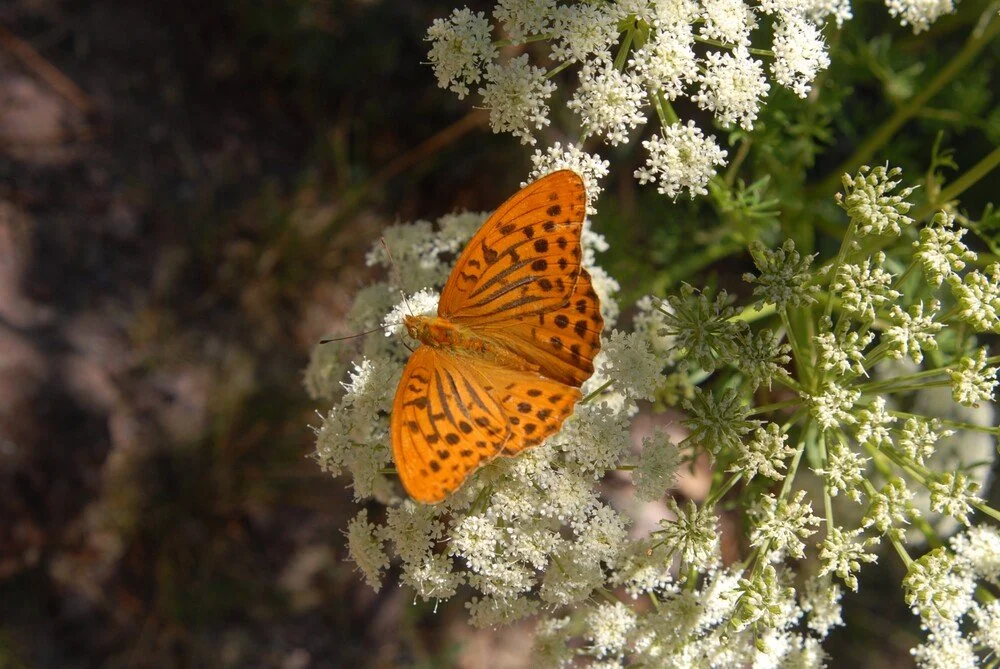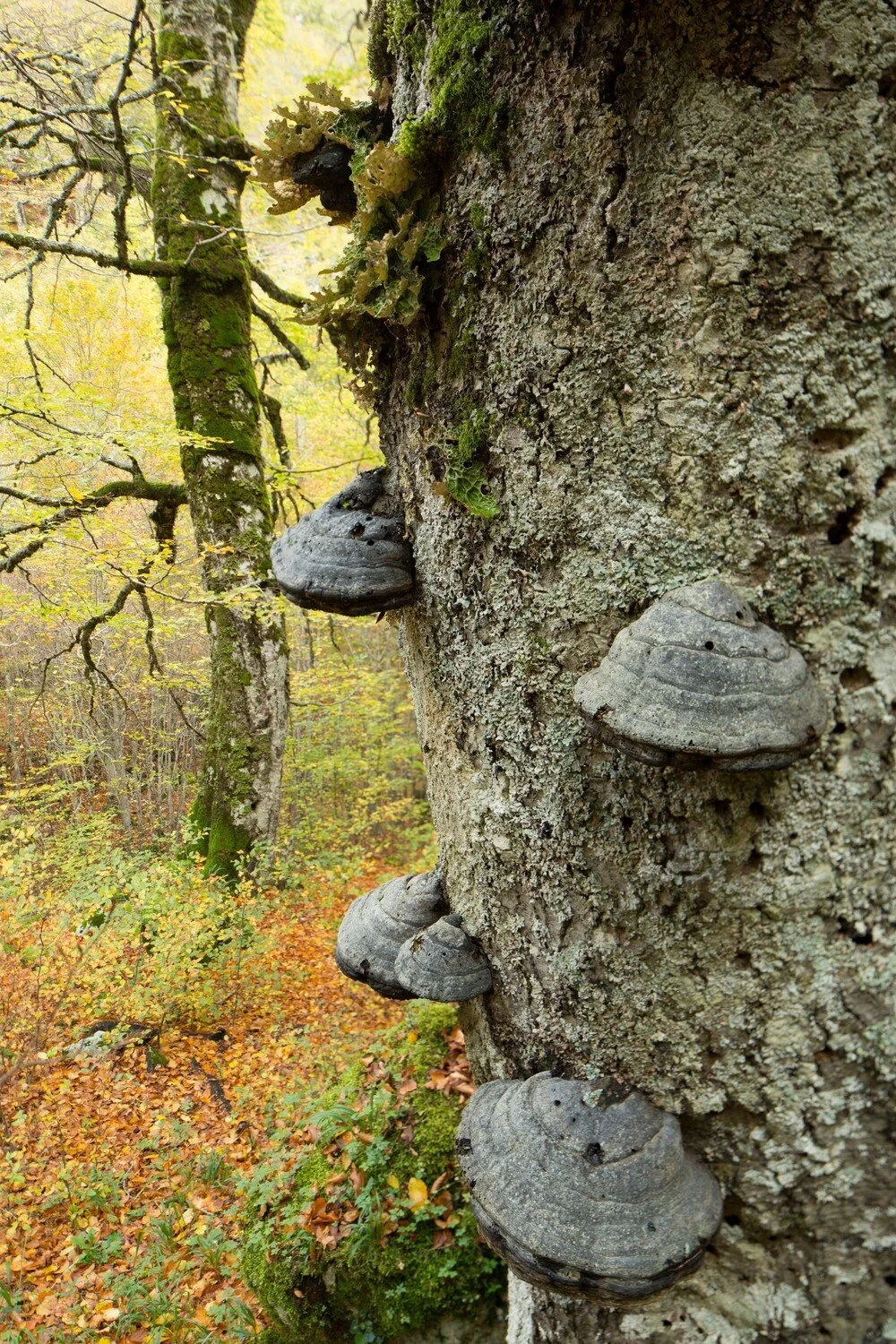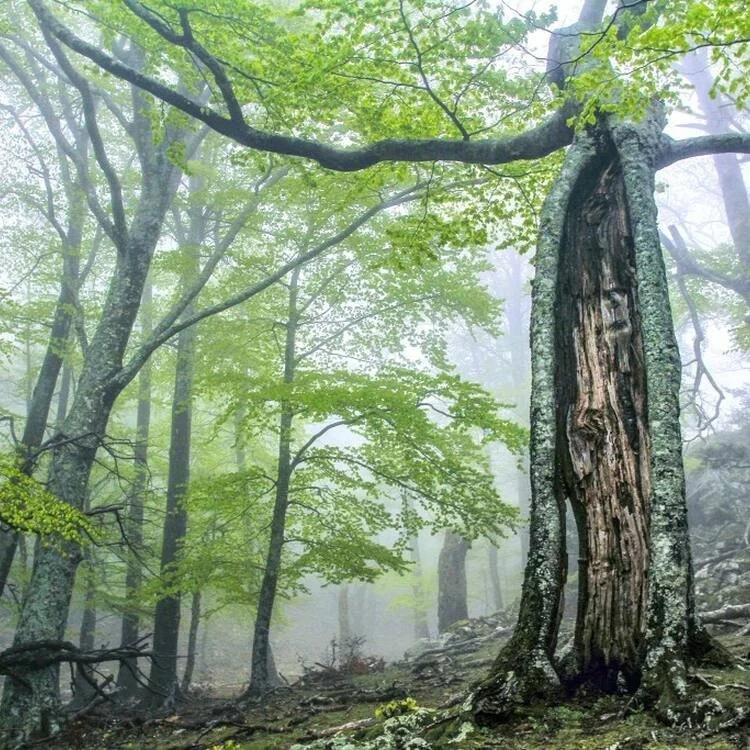Renaissance Monumental Ensembles of Úbeda and Baeza
Renaissance Monumental Ensembles of Úbeda and Baeza
The urban morphology of the two small cities of Úbeda and Baeza in southern Spain dates back to the Moorish 9th century and to the Reconquista in the 13th century. An important development took place in the 16th century, when the cities were subject to renovation along the lines of the emerging Renaissance. This planning intervention was part of the introduction into Spain of new humanistic ideas from Italy, which went on to have a great influence on the architecture of Latin America.
Description is available under license CC-BY-SA IGO 3.0
Brief synthesis
The Renaissance Monumental Ensembles of Úbeda and Baeza lie in the two Andalusian cities of Úbeda and Baeza which are 9 km away from each other. The inscribed property in Úbeda is 4.2 ha and the property in Baeza is 4.8 ha. Both parts have buffer zones and the two towns are linked by a rural protection area of 44.2 km2.
The respective monumental ensembles attained their most unique constructive expressions during the Renaissance period. Úbeda developed outstanding noble architecture; Baeza turned into an important ecclesiastic and educational centre.
The most complete example of their architectural identity is the Plaza Vázquez de Molina in Úbeda, surrounded by civil and religious buildings built from 1530 to 1580, with special mention to the funeral chapel of El Salvador and the Vázquez de Molina Palace (today’s Town Hall). These form the greatest Renaissance architecture ensemble in Spain and one of the most important in Europe.
The main elements of the Baeza ensemble are the Cathedral and the Santa María Square, the old Seminary and the University. Known for its religious and educational uses, it became the site of the International University of Andalusia in the 1970s.
Úbeda and Baeza are early examples in Spain of the introduction of the Italian Renaissance design criteria. Furthermore, their considerable influence in Latin America has been well documented. The introduction of Renaissance interventions in an urban area originating from an Islamic period is also of interest.
The coexistence of cultures (Christian, Islamic and Jewish) favoured freedom and opening up to other influences, contributing an originality of artistic expression with great implications in Latin America.
Ancient and Primeval Beech Forests of the Carpathians
Ancient and Primeval Beech Forests of the Carpathians and Other Regions of Europe
This transnational property includes 93 component parts in 18 countries. Since the end of the last Ice Age, European Beech spread from a few isolated refuge areas in the Alps, Carpathians, Dinarides, Mediterranean and Pyrenees over a short period of a few thousand years in a process that is still ongoing. The successful expansion across a whole continent is related to the tree’s adaptability and tolerance of different climatic, geographical and physical conditions.
Description is available under license CC-BY-S A IGO 3.0
Brief synthesis
The “Ancient and Primeval Beech Forests of the Carpathians and Other Regions of Europe” are a transnational serial property comprising 93 component parts across 18 countries. They represent an outstanding example of relatively undisturbed, complex temperate forests and exhibit a wide spectrum of comprehensive ecological patterns and processes of pure and mixed stands of European beech across a variety of environmental conditions. During each glacial phase (ice ages) of the last 1 million years, European beech (Fagus sylvatica) survived the unfavourable climatic conditions in refuge areas in the southern parts of the European continent. These refuge areas have been documented by scientists through palaeoecological analysis and using the latest techniques in genetic coding.
After the last Ice Age, around 11,000 years ago, beech started expanding its range from these southern refuge areas to eventually cover large parts of the European continent. During this expansion process, which is still ongoing, beech formed different types of plant communities while occupying largely different environments. The interplay between a diversity of environments, climatic gradients and different species gene pools has and continues to shape this high diversity of beech forest communities. These forests contain an invaluable population of old trees and a genetic reservoir of beech and many other species, which are associated with and dependent on these old-growth forest habitats.
Criterion (ix): The property is indispensable for the understanding of the history and evolution of the genus Fagus which, given its wide distribution in the Northern Hemisphere and its ecological importance, is globally significant.
These largely undisturbed, complex temperate forests exhibit comprehensive ecological patterns and processes of pure and mixed stands of European beech across a variety of environmental gradients, including climatic and geological conditions, spanning almost all European Beech Forest Regions. Forests are included from all altitudinal zones from coastal areas to the treeline and, include the best remaining examples from the range limits of the European beech forest.
Beech is one of the most important features in the Temperate Broadleaf Forest Biome and represents an outstanding example of the re-colonization and development of terrestrial ecosystems and communities since the last Ice Age.
The continuing northern and westward expansion of beech from its original glacial refuge areas in the eastern and southern parts of Europe can be tracked along natural corridors and stepping stones spanning the continent. The dominance of beech across extensive areas of Europe is a living testimony of the tree’s genetic adaptability, a process which is still ongoing.


